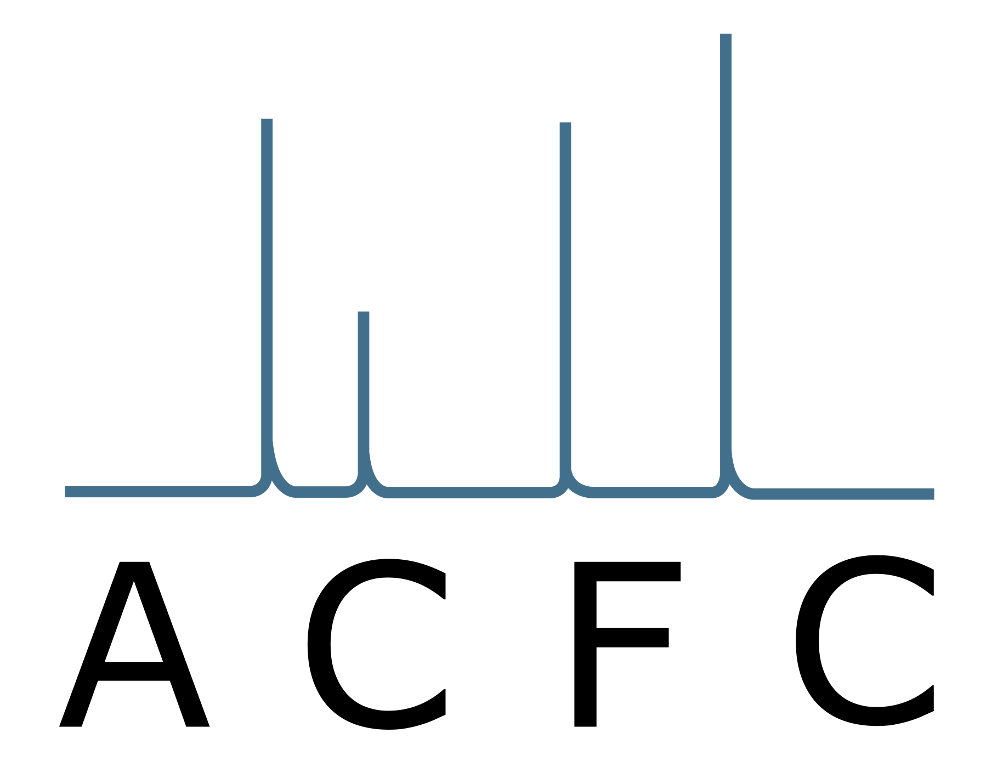BeevKomp – Assessment of Compost Dairy Bedded-Back Barns with Regard of Compost Quality, Odour and Greenhouse Gas Emissions
The compost bedded pack barn is an animal-friendly housing system for cattle. It consists of a large, open resting area, usually bedded with sawdust. The most critical success factor for managing a compost bedded pack barn (CDB) is providing a comfortable, dry resting surface for cows at all times.
Within the project “Assessment of compost dairy bedded-back barns with regard of compost quality, odour and greenhouse gas emissions” emission measurements (NH3 and CO2) of 23 CDB were executed and samples for the analysis of odoractive volatile organic compounds (VOCs) and chemical parameters (e.g. pH value, dry matter, C/N ratio) were taken. In addition, an extensive microbiological screening was carried out with special attention to harmful bacteria. The samples were picked from the compost manure mattress during three different seasons (summer – autumn – winter). Furthermore, various basic data were collected by questionnaire in order to determine the analytical results and the operational management better.
In CDB mainly sawdust is used for bedding. Sawdust got more and more expensive in the last years, but has a good absorptivity as well as a structural stability and a good decomposition under aerobic conditions. Spelt husk are very well suited to improve the composting process (temperature increase), which may be particularly important under wet and cold weather conditions as well as in wintertime.
Concerning the assessment of emissions in CDB no correlations between ammonia and odoractive VOCs could be determined. In comparison with the ammonia emissions analysed on the bedding surface only ¼ of the analysed CDBs rates above the concentrations derived from stables cubicles, whereas the majority shows ammonia data below or in this concentration range. The results of the analysis of the odoractive VOCs show considerably lower concentrations than stables cubicles.
The nitrogen content is approximately 5 (2,2-11) kg per tonne compost. Slightly diluted cattle slurry has only 3.5 kg N per tonne. Regarding the nitrogen efficiency 100% of the nitrogen is organically bound and is available to plants only through the mineralization. During the composting process in the barn nitrogen shows significantly lower losses compared to cubicle housing with liquid manure (barn-storage-application). The investigated composts were dry enough for clean bedding with an average of 34% dry matter. The average C/N ratio of 30: 1 showed the progressive composting process. An immediate fertilization with this compost would not be useful. Generally, the compost is removed from the barn after half a year. After this time, the compost can be used directly for fertilization. Only if very woody bedding materials (wood chips) are applied, temporary storage and/or separation of woody pieces make sense.
Research: HBLFA Raumberg-Gumpenstein
Funded by the Landwirtschaftskammer Österreich, industrial partners and the FFG
Funded by the Landwirtschaftskammer Österreich, industrial partners and the FFG
